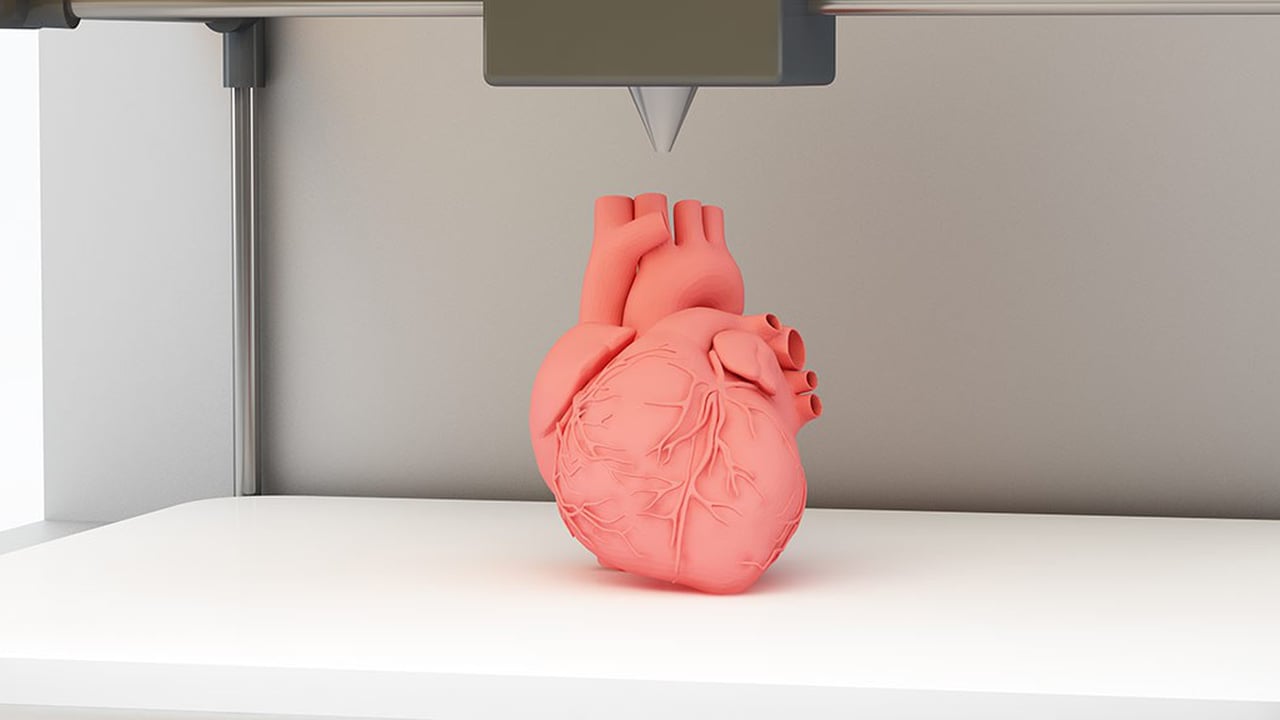Apr 3, 2016
Tesla Unveils Model 3 | Tesla Motors
Posted by Odette Bohr Dienel in categories: automation, business, Elon Musk, energy, innovation, robotics/AI, science, sustainability, transportation

Tag: Tesla

Hell has an address: 55 Cancri-e is the first alien planet to have some of its surface features directly observed. And it’s no tropical paradise.
For some time 55 Cancri-e has been considered “strange.” Some felt it may be made of diamond. Others suggested it was covered in exotic fluids.

3D printed heart replicas, A new type of colossal galaxy, shutting down HIV with gene editing, and more!

This Week in Science — March 20 −27, 2016.
3D printed heart replicas, A new type of colossal galaxy, shutting down HIV with gene editing, and more.

“Once a quaint academic village on the banks of the Charles River in Cambridge, Massachusetts, Harvard, like so many other research universities, has transformed itself into a vast 21st-century institution whose significant landholdings are developed on a larger, urban scale. Part of this evolution has involved an expansion across the Charles, into the Allston area of Boston.”

“In 2000, two miners drilling an excavation tunnel below Chihuahua, Mexico discovered something truly astonishing.”

“What it’s really like to have an autistic brain and how Einstein’s not the only genius who could have been dismissed for being different.”
Tags: autism, technology

“There is a cautionary tale buried in Earth’s past. Some 56 million years ago, about 10 million years after the dinosaurs went extinct, a massive amount of carbon surged into the atmosphere, triggering a rise in temperature of 5°C. Scientists often look to the so-called Paleocene-Eocene thermal maximum (PETM) as an analog for today’s rising temperatures, because the magnitude of that ancient carbon injection is thought to be comparable to what humans will release if fossil fuel emissions continue unabated for a few more centuries.”
 https://youtube.com/watch?v=MGbGVGgoSPo
https://youtube.com/watch?v=MGbGVGgoSPo
My new Huff Post story asking why the major presidential candidates don’t discuss transhumanist science:
THE BLOG Why Won’t Sanders, Clinton, Trump and Cruz Discuss Transhumanist Science Issues? 03/11/2016 03:49 pm ET Zoltan Istvan US Presidential candidate of Transhumanist Party; Creator of Immortality Bus; Author of #1 bestselling Philosophy novel ‘The Transhumanist Wager’ Image by DonkeyHotey Have y…